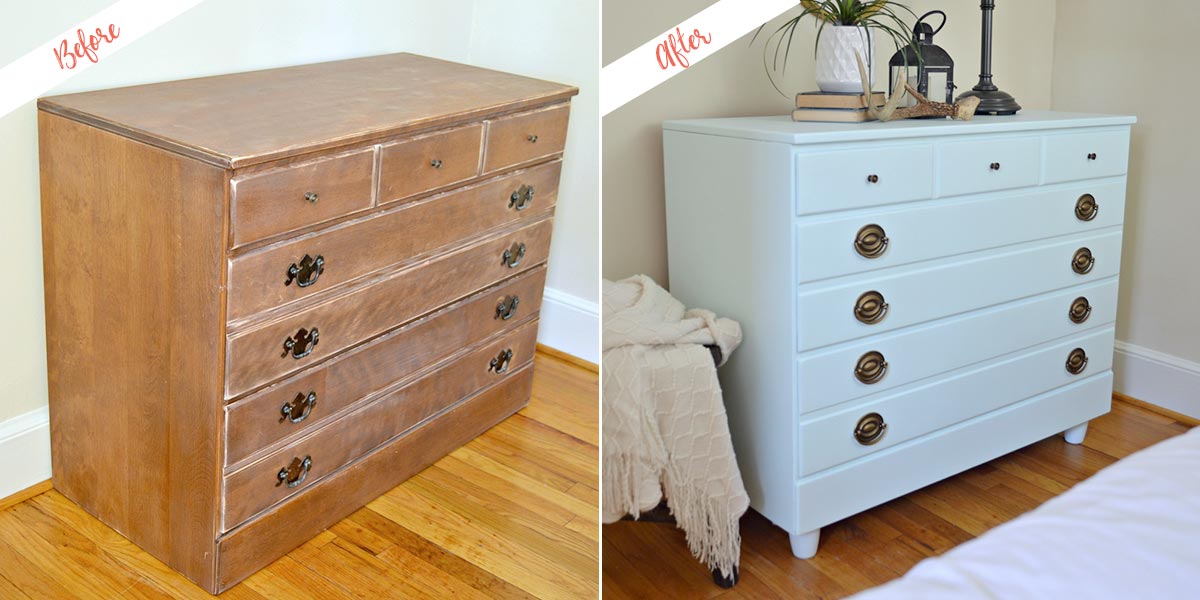

Furniture
How To Refinish A Dresser
Modified: August 27, 2024
Learn how to refinish your furniture with this step-by-step guide on refinishing a dresser. Transform your old dresser into a stunning piece with these simple refinishing techniques.
(Many of the links in this article redirect to a specific reviewed product. Your purchase of these products through affiliate links helps to generate commission for Storables.com, at no extra cost. Learn more)
Introduction
Refinishing a dresser is a fantastic way to breathe new life into an old piece of furniture. Whether you have a family heirloom that needs a makeover or you stumbled upon a diamond in the rough at a thrift store, refinishing a dresser allows you to showcase your creativity while giving the piece a fresh and updated look.
In this article, we will guide you through the step-by-step process of refinishing a dresser. From gathering the necessary materials to adding the final finishing touches, we will cover everything you need to know to transform your dresser into a stunning focal point for any room in your home.
Before we dive into the details, keep in mind that refinishing a dresser requires some time and effort. It is a labor-intensive project, but the end result is well worth it. So roll up your sleeves, put on your creative hat, and let’s get started on this exciting journey of transformation!
Key Takeaways:
- Refinishing a dresser is a labor-intensive but rewarding project that allows you to showcase your creativity and breathe new life into old furniture. Proper preparation, sanding, and finishing are essential for achieving a stunning and durable result.
- From selecting the right materials to adding the finishing touches, refinishing a dresser requires attention to detail and a touch of creativity. Embrace the process, prioritize safety, and enjoy the transformation of your furniture masterpiece.
Read more: How To Refinish A Veneer Dresser
Step 1: Gather Necessary Materials
The first step in refinishing a dresser is to gather all the necessary materials. Having everything you need at the beginning will make the process smoother and more efficient. Here are the essential materials you will need:
- Protective Gear: Before you start working, ensure you have safety goggles, a face mask, and gloves to protect yourself from any potential hazards.
- Paint Stripper (if needed): If the dresser has layers of old paint or varnish that need to be removed, choose a suitable paint stripper or varnish remover. Read the instructions carefully and follow safety precautions.
- Sanding Block and Sandpaper: Sanding is an essential step to remove imperfections, smooth the surface, and prepare it for painting or staining. Invest in a sanding block and various grits of sandpaper for best results.
- Wood Stain or Paint: Decide whether you want to stain the dresser to enhance its natural wood grain or paint it for a vibrant and personalized look. Choose high-quality wood stain or paint in your preferred color.
- Primer: If you opt for painting the dresser, use a primer specifically formulated for wood surfaces. It ensures better adhesion and helps the paint to last longer.
- Paintbrushes and Rollers: Have a selection of paintbrushes and rollers on hand. Use smaller brushes for intricate areas and a roller for larger surfaces to achieve a smooth and even finish.
- Finish or Sealer: Once you have achieved the desired stain or paint finish, you will need a protective finish or sealer to protect the surface from wear and tear. Choose between polyurethane, lacquer, or wax, depending on the desired look and durability.
- New Hardware (optional): Consider replacing the old hardware on the dresser with new knobs, handles, or pulls to enhance its overall appearance and give it a fresh look.
- Drop Cloth or Plastic Sheets: Protect your work area by laying down a drop cloth or plastic sheets to catch any drips or spills.
Once you have gathered all the necessary materials, you are ready to move on to the next step: preparing the work area to ensure a smooth and mess-free refinishing process.
Step 2: Prepare the Work Area
Before you begin refinishing your dresser, it’s important to prepare the work area to ensure a smooth and hassle-free process. Taking the time to set up your workspace properly will help protect other surfaces from damage and make it easier for you to focus on your task. Here are the steps to prepare your work area:
- Select a Well-Ventilated Area: Refinishing furniture can involve the use of chemicals and strong odors, so it’s vital to choose a well-ventilated area. Open windows and doors to allow fresh air circulation, or consider working outside if weather permits.
- Cover and Protect Surfaces: Lay down a drop cloth or plastic sheets to cover the floor and any nearby furniture or objects that you want to protect from drips, spills, and potential damage.
- Elevate the Dresser: Place the dresser on top of sturdy blocks or a worktable to bring it to a comfortable working height. This will help prevent strain on your back and allow you to work more efficiently.
- Set Up a Workstation: Arrange your materials, tools, and equipment within easy reach. This will save you time and effort during the refinishing process and reduce the risk of accidents.
- Organize Your Workspace: Create designated areas for different tasks, such as a sanding station, a painting station, and a drying area. Keep them separate to prevent cross-contamination and ensure a smooth workflow.
- Ensure Adequate Lighting: Good lighting is crucial for precision work. Make sure you have adequate lighting in your work area to accurately see the dresser’s surface and monitor the progress.
- Follow Safety Precautions: Refinishing a dresser involves working with chemicals and potentially hazardous tools. Always follow safety precautions, such as wearing protective gear and using tools properly to avoid injuries.
By taking the time to prepare your work area, you’ll create a safe and organized space that promotes efficiency and helps you achieve high-quality results. Now that the work area is ready, we can move on to the next step: removing hardware and cleaning the dresser.
Step 3: Remove Hardware and Clean the Dresser
Once you have prepared your work area, it’s time to start the process of refinishing your dresser. The first task in this step is to remove any hardware, such as knobs, handles, or pulls, from the dresser. This will make it easier to work on the surface and ensure a clean and even finish. Here’s how to remove hardware and clean the dresser:
- Gather the Necessary Tools: Get a screwdriver or drill with appropriate bits to remove the hardware. Keep a container or bag nearby to store the hardware securely so that you don’t lose any pieces.
- Unscrew the Hardware: Carefully remove the screws or bolts attaching the hardware to the dresser. Place the hardware in the container or bag for safekeeping.
- Inspect and Repair: Take a moment to inspect the hardware and dresser for any damage or wear. If any hardware is broken or damaged, consider purchasing replacements before proceeding. Similarly, check the dresser for any loose or damaged parts that may need repair.
- Clean the Dresser: Thoroughly clean the entire surface of the dresser using a mild cleaner or a mixture of warm water and gentle dish soap. Use a soft cloth or sponge to remove any dirt, dust, or grease buildup accumulated over time.
- Dry the Dresser: After cleaning, ensure the dresser is completely dry before moving on to the next steps. You can use a clean, dry cloth to wipe away any remaining moisture.
- Fill and Sand Imperfections (if needed): If there are any scratches, dents, or holes on the dresser’s surface, you may choose to fill them with wood filler. Once dry, sand the filled areas lightly to create a smooth and even surface.
By removing the hardware and thoroughly cleaning the dresser, you are creating a clean and blank canvas for the refinishing process. This step ensures that the new finish adheres well to the dresser’s surface and helps achieve a professional-looking result. With the hardware removed and the dresser cleaned, it’s time to move on to the next step: sanding the dresser.
Step 4: Sand the Dresser
Sanding is a crucial step in refinishing a dresser as it helps to smooth the surface, remove old finish or paint, and create a clean and even base for the new finish. Here’s how to sand the dresser effectively:
- Select the Right Sandpaper: Choose the appropriate grit sandpaper based on the condition of the dresser’s surface. Coarse grit sandpaper (around 80-120) is suitable for removing old finish or paint, while finer grit sandpaper (around 220-300) is more ideal for smoothing the surface.
- Sand in the Direction of the Grain: Always sand in the direction of the wood grain to avoid causing scratches or damage to the surface. This ensures a smoother and more professional-looking result.
- Start with Coarse Grit Sandpaper: Begin by using coarse grit sandpaper to remove any existing finish or paint. Hold the sandpaper securely and apply gentle pressure as you move in long, even strokes along the dresser’s surface.
- Focus on Problem Areas: Pay extra attention to any problem areas, such as scratches or rough spots, and sand them thoroughly until they are smooth and even with the rest of the surface.
- Transition to Fine Grit Sandpaper: Once the old finish or paint has been removed and the surface is smooth, switch to a finer grit sandpaper to further refine and prepare the surface for the new finish.
- Sand Rounded Edges and Corners: Use sanding sponges or sandpaper wrapped around a dowel to sand rounded edges and corners. This ensures that these areas are smooth and free from roughness.
- Remove Sanding Dust: After sanding, use a damp cloth or tack cloth to remove any sanding dust from the dresser’s surface. A clean surface ensures proper adhesion of the new finish.
Sanding is a time-consuming process, but it is crucial for achieving a professional-looking and long-lasting finish on your dresser. Take your time and be thorough in ensuring that the surface is smooth and free from imperfections. Once you have completed sanding, you’re ready to move on to the next step: applying wood stain or paint to transform the dresser’s appearance.
When refinishing a dresser, be sure to thoroughly sand the surface before applying any new finish. This will help the new finish adhere properly and result in a smoother, more professional-looking final product.
Read more: How To Refinish Bathroom Vanity Cabinets
Step 5: Apply Wood Stain or Paint
Now that you have sanded the dresser and achieved a smooth surface, it’s time to apply the wood stain or paint to transform its appearance. Whether you want to enhance the natural beauty of the wood with a rich stain or add a pop of color with paint, this step allows you to customize the look of your dresser. Follow these guidelines to apply wood stain or paint effectively:
- Choose Your Finish: Decide whether you want to use wood stain or paint based on your desired aesthetic and the condition of the dresser. Wood stain allows the natural wood grain to show through, while paint offers more color options and coverage.
- Prepare the Stain or Paint: Read the manufacturer’s instructions and prepare the stain or paint accordingly. Stir the product well to ensure even color distribution and follow any recommended mixing ratios.
- Apply a Primer (for Paint): If you choose to paint the dresser, applying a primer is recommended. Priming helps the paint adhere better to the surface and provides a more durable finish. Apply the primer evenly with a brush or roller and allow it to dry as per the manufacturer’s instructions.
- Apply the Wood Stain or Paint: Use a brush or roller to apply the wood stain or paint in long, even strokes, following the direction of the wood grain. Work in small sections to ensure even coverage and minimize drips or streaks.
- Allow for Proper Drying Time: Follow the recommended drying time specified by the stain or paint manufacturer. It is essential to allow the finish to dry fully before proceeding to the next step to avoid smudging or damaging the surface.
- Apply Multiple Coats (if needed): Depending on the desired depth of color or opacity, you may need to apply multiple coats of wood stain or paint. Allow each coat to dry completely before applying the next one, and lightly sand between coats for a smoother finish.
- Watch for Drips or Excess: Keep an eye out for drips, excess stain, or paint pooling in corners or edges. Use a brush or cloth to smooth out any imperfections immediately to maintain a consistent finish.
Whether you choose wood stain or paint, applying a smooth and even coat will bring your dresser’s new look to life. Take your time during this step, as attention to detail will ensure a beautiful and flawless finish. Once the stain or paint has dried, you can proceed to the next step: applying a finish or sealer to protect and enhance the dresser’s appearance.
Step 6: Apply Finish or Sealer
After applying the wood stain or paint and allowing it to dry, the next step in refinishing your dresser is to apply a finish or sealer. The finish not only enhances the appearance of the dresser but also protects it from daily wear and tear. Here’s how to apply the finish or sealer:
- Select the Right Finish: There are various options for finishes, including polyurethane, lacquer, or wax. Choose the finish that best suits your desired look and the level of durability you want for your dresser.
- Prepare the Finish: Read the instructions provided by the manufacturer and prepare the finish accordingly. Some finishes may require stirring or dilution, so make sure to follow the recommended guidelines.
- Apply a Thin and Even Coat: Use a brush, roller, or sprayer to apply a thin and even coat of the finish to the dresser’s surface. Work in small sections to ensure proper coverage and avoid streaks or pooling.
- Follow the Drying Time: Allow the first coat to dry completely based on the manufacturer’s instructions. It’s important to be patient and avoid touching or disturbing the surface during this time to prevent any imperfections or marks.
- Lightly Sand Between Coats (if needed): Depending on the finish and the desired level of smoothness, you may choose to lightly sand the dresser between coats. This helps to create a smooth surface for subsequent layers of finish.
- Apply Additional Coats (if desired): If you prefer a more durable finish or a higher gloss level, apply additional coats of the finish, following the same process as before. Make sure each coat is completely dry before proceeding to the next.
- Allow for Proper Curing Time: After applying the final coat, allow the dresser to dry and cure for the recommended time specified by the finish manufacturer. This will ensure that the finish fully hardens and provides optimal protection.
By applying a finish or sealer, you not only enhance the beauty of your refinished dresser but also protect it from everyday use. The finish adds a layer of durability and makes the surface easier to clean and maintain. Once the finish has fully cured, you can move on to the final step: reattaching hardware and adding the finishing touches to complete the transformation of your dresser.
Step 7: Reattach Hardware and Finishing Touches
Now that your dresser has been sanded, stained or painted, and finished, it’s time to put the final touches on your refinishing project. This step involves reattaching the hardware and adding any additional finishing touches to complete the transformation. Here’s how to accomplish this:
- Clean Reattached Hardware: Before reattaching the hardware, make sure to clean it thoroughly. Use a mild cleaner or polish to remove any dirt or residue that may have accumulated during the refinishing process.
- Position the Hardware: Determine the desired placement of the hardware on the dresser. Use a pencil or a small piece of tape to mark the correct spot to ensure consistent positioning.
- Reattach the Hardware: With the marked positions in mind, use a screwdriver or drill to securely attach the hardware back onto the dresser. Take care not to overtighten the screws.
- Inspect and Make Final Adjustments: Once the hardware is reattached, take a moment to inspect the dresser. Check for any loose screws or hardware and tighten them if necessary. Also, ensure that the drawers slide smoothly in and out.
- Add Finishing Touches: To complete the aesthetic transformation of your dresser, consider adding some decorative touches. You may choose to line the drawers with pretty paper or fabric, add decorative knobs or pulls, or place a decorative tray or mirror on top.
- Clean and Polish: After all the finishing touches have been added, give the entire dresser and hardware a final wipe down with a clean, soft cloth. Polish the surface with a furniture polish or wax to enhance its sheen and protect the finish.
By reattaching the hardware and adding the finishing touches, you complete the refinishing process and can now admire your beautifully transformed dresser. Take a step back and appreciate the hard work you have put into giving new life to an old piece of furniture.
Remember to maintain your refinished dresser by regularly cleaning and protecting it from scratches or spills. With proper care, your dresser will continue to be a stunning and functional addition to your living space for years to come.
Congratulations on successfully refinishing your dresser!
Conclusion
Refinishing a dresser is a rewarding and creative project that allows you to breathe new life into an old piece of furniture. By following the step-by-step process outlined in this article, you can transform a worn-out dresser into a stunning focal point for any room in your home.
From gathering the necessary materials to reattaching hardware and adding the finishing touches, each step plays a crucial role in achieving a successful result. Taking the time to prepare the work area, removing hardware, cleaning, sanding, and applying the appropriate finish or paint all contribute to a professional-looking and durable outcome.
Remember to always prioritize safety by wearing protective gear and following manufacturer instructions for chemicals and tools. Plan your work area accordingly and make sure you have the necessary tools and supplies before starting the project. Taking these precautions will ensure a smooth and enjoyable refinishing experience.
Throughout the process, feel free to let your creativity shine by selecting the right stain or paint color that resonates with your personal style and home decor. Don’t be afraid to experiment with different finishes, decorative touches, or even unique hardware options to make your dresser truly one-of-a-kind.
Once your refinishing project is complete, take a moment to step back and admire the beautiful transformation you have achieved. Your refinished dresser will not only add a touch of elegance to your living space but also serve as a testament to your creativity and craftsmanship.
Remember to properly care for and maintain your refinished dresser by dusting regularly and using coasters or protective pads to prevent scratches or spills. With proper care, your dresser will continue to be a cherished piece of furniture for years to come.
So, roll up your sleeves, embrace your artistic side, and start the exciting journey of refinishing your dresser. Let your imagination guide you as you transform an old piece into a stunning masterpiece that will bring beauty and functionality to your home.
Frequently Asked Questions about How To Refinish A Dresser
Was this page helpful?
At Storables.com, we guarantee accurate and reliable information. Our content, validated by Expert Board Contributors, is crafted following stringent Editorial Policies. We're committed to providing you with well-researched, expert-backed insights for all your informational needs.

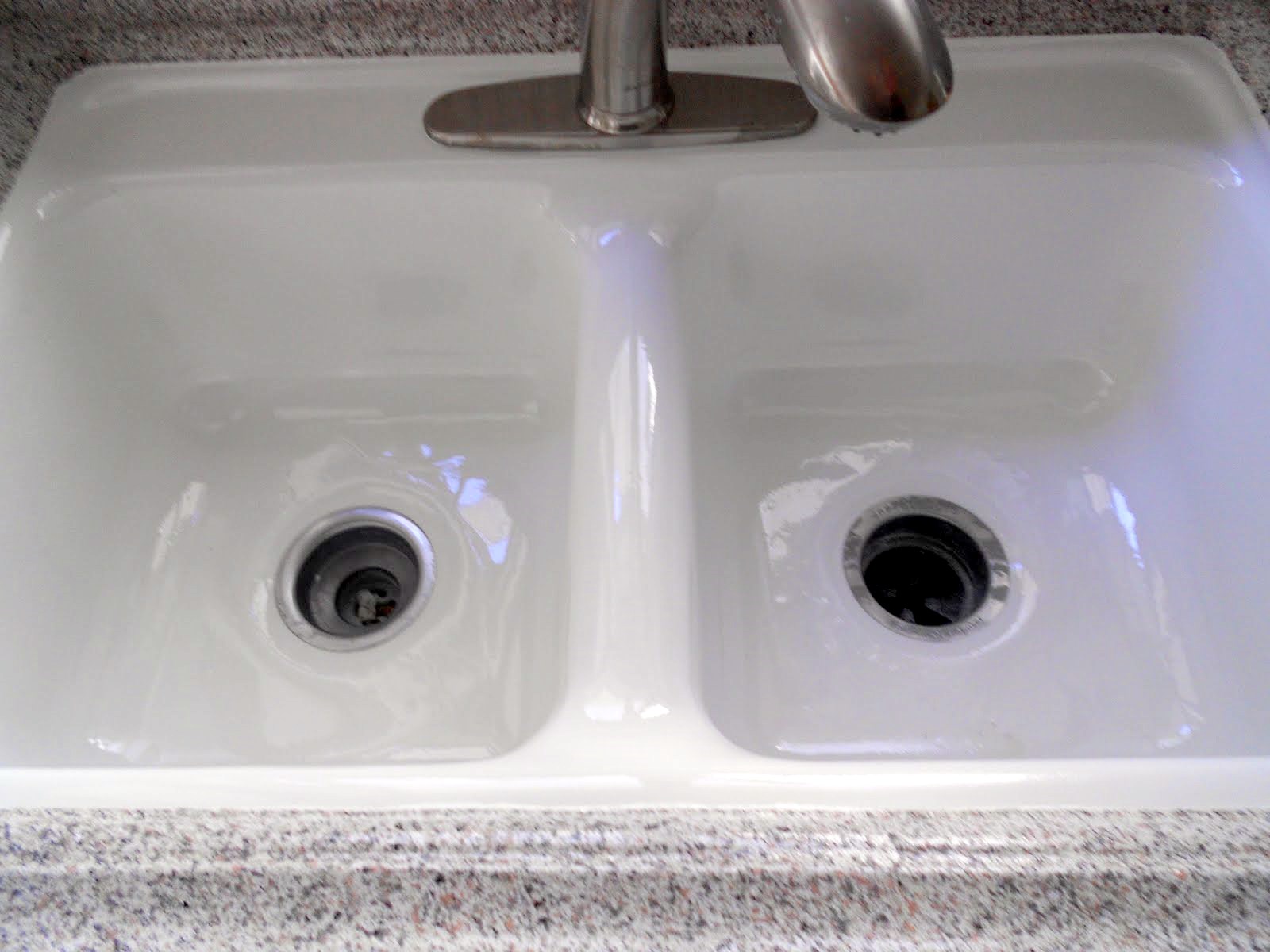

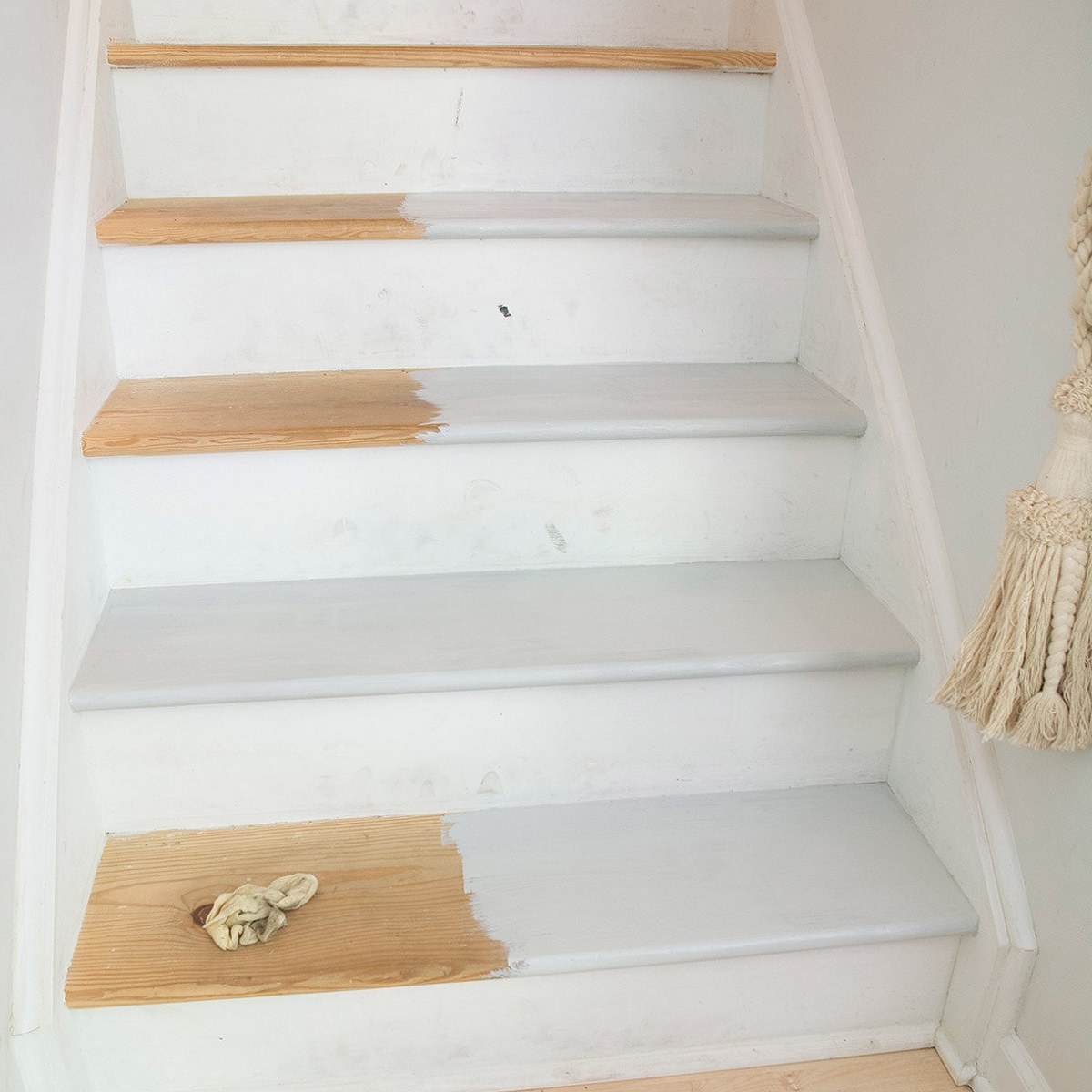
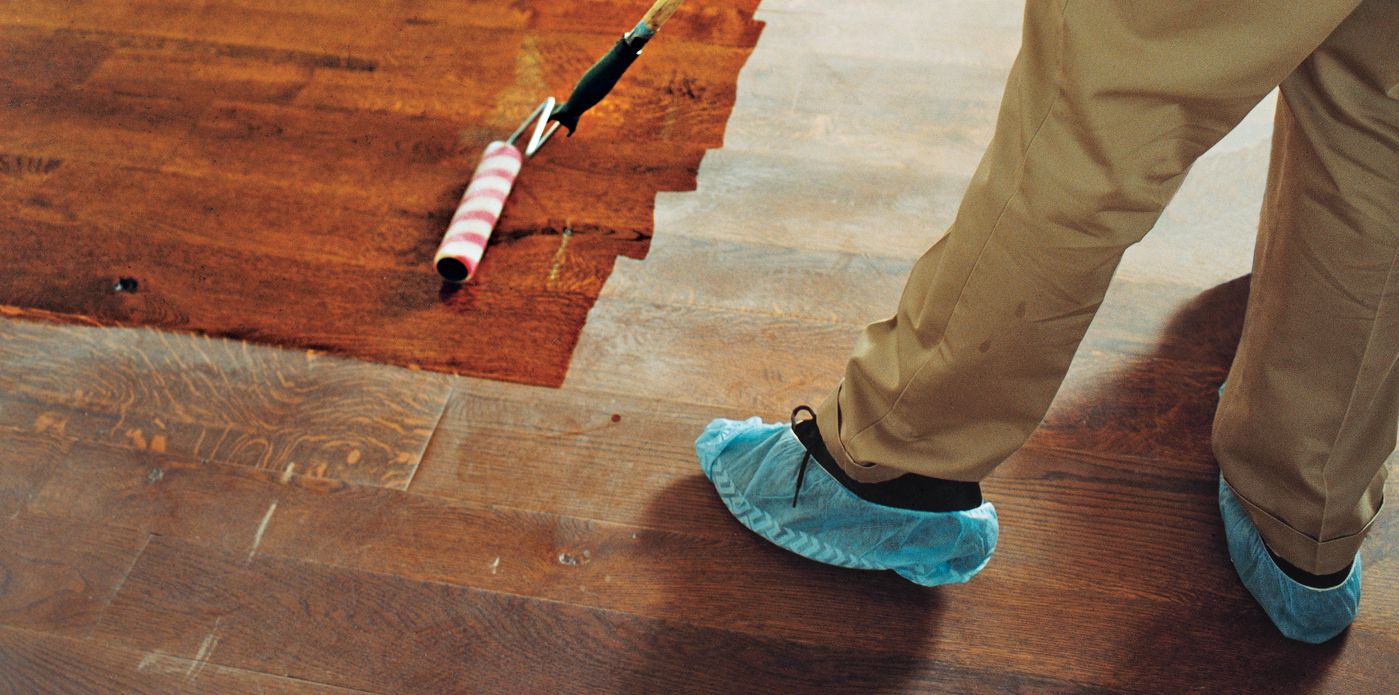
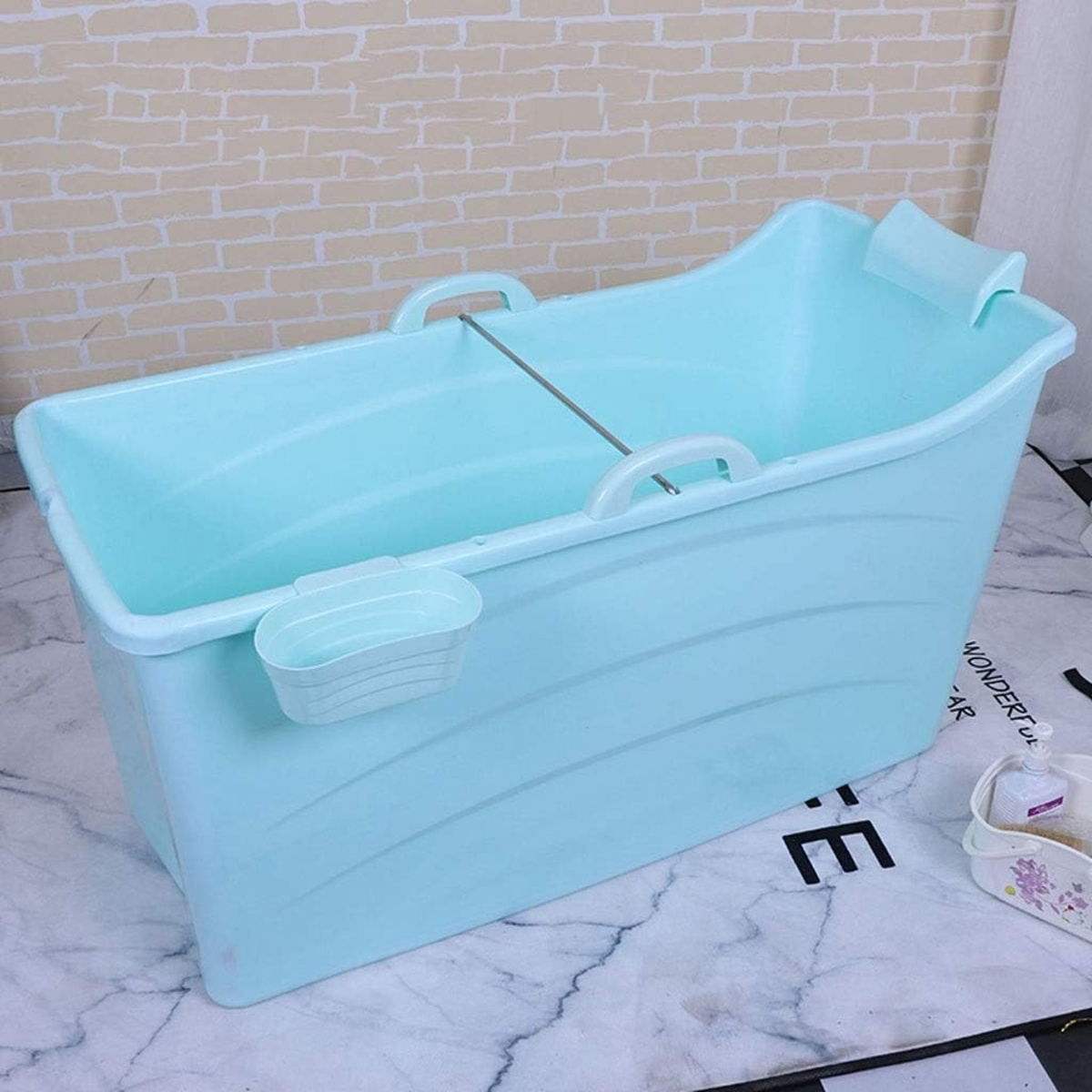
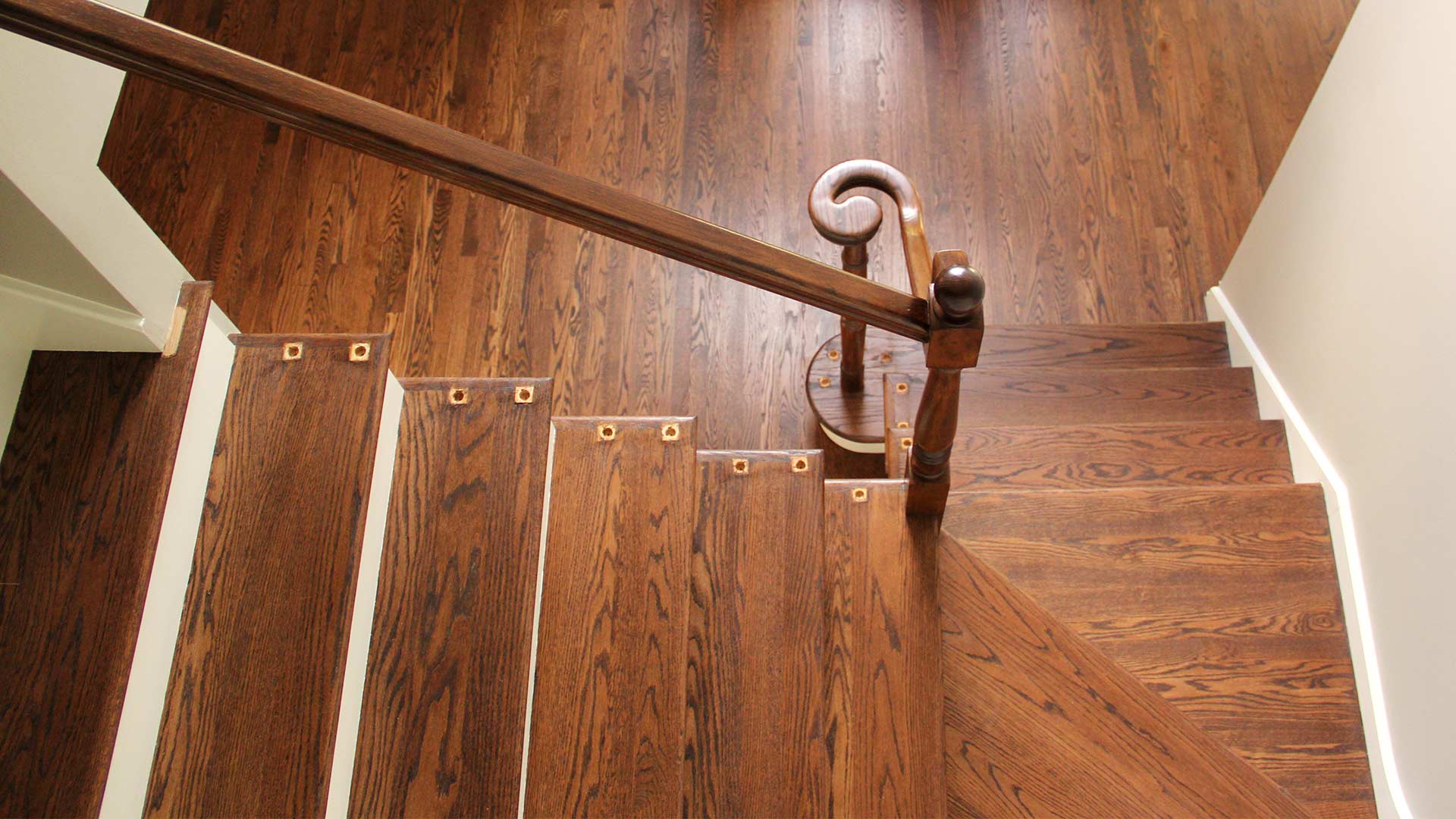

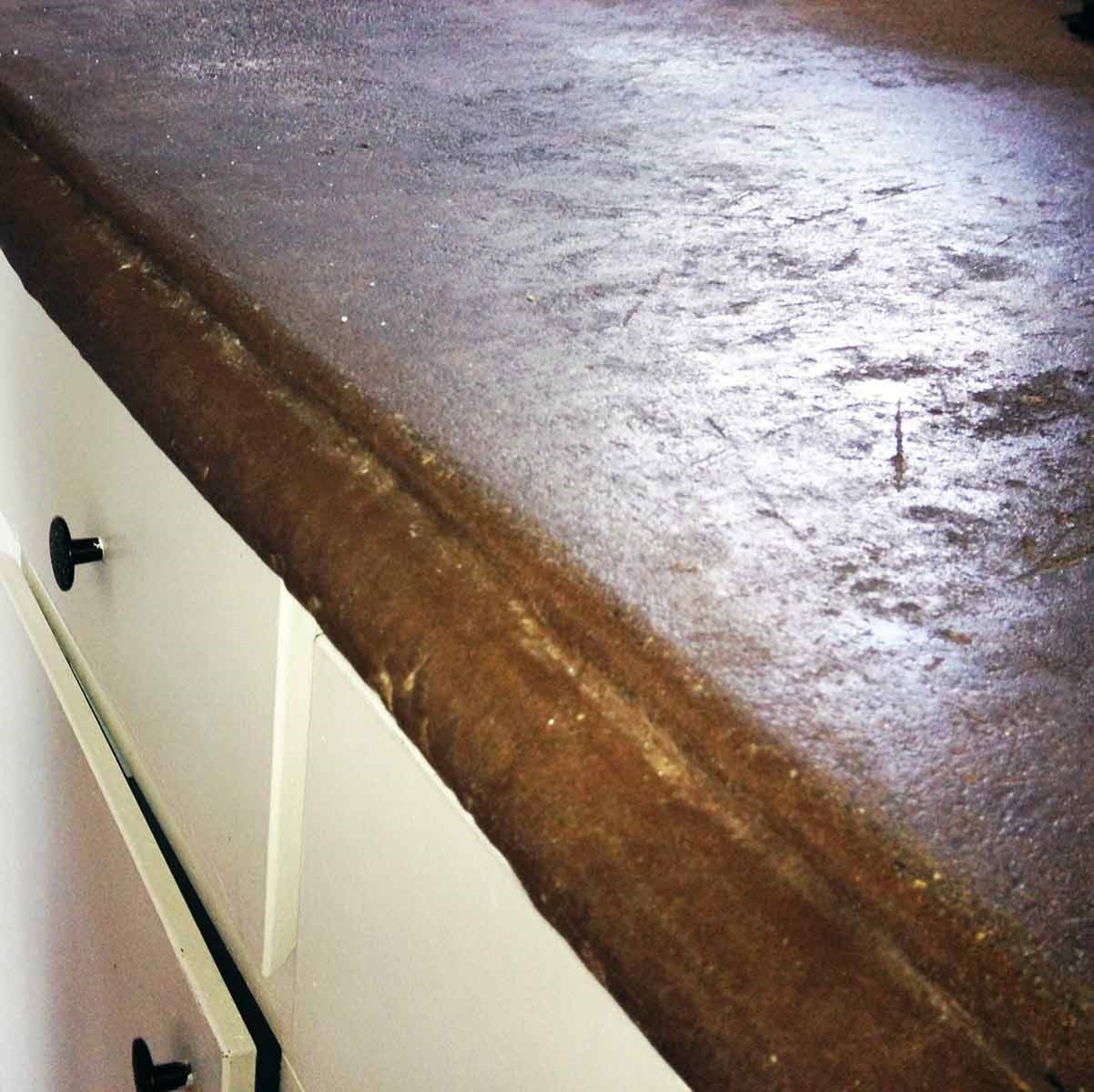
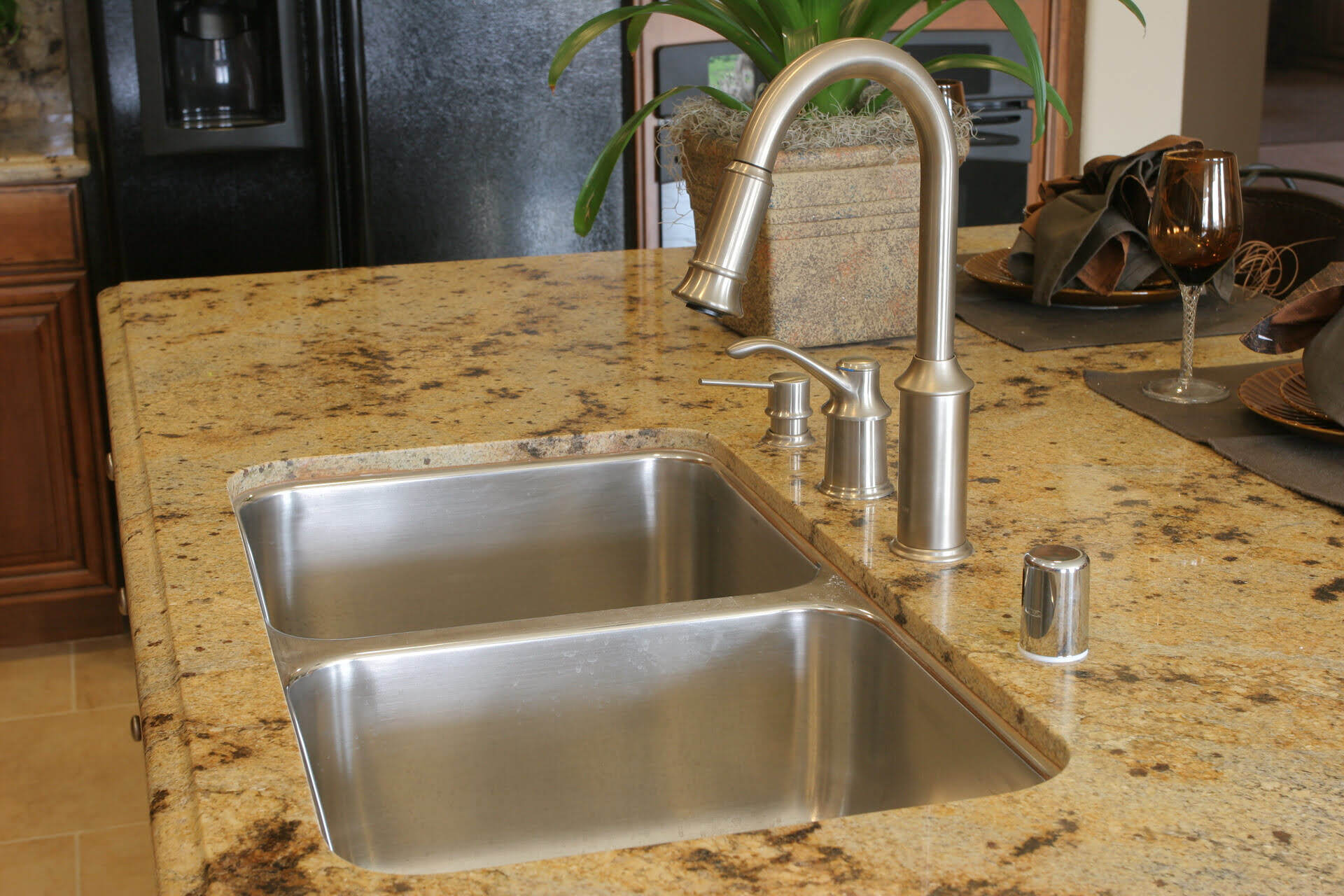
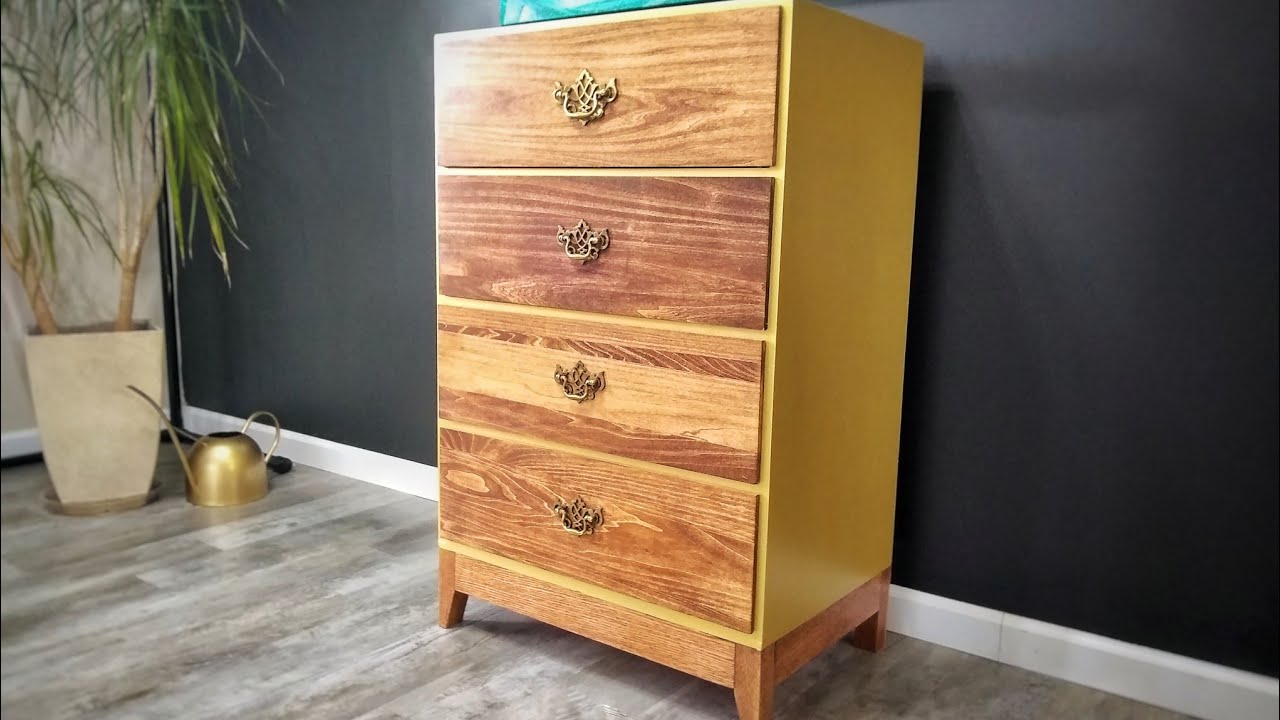
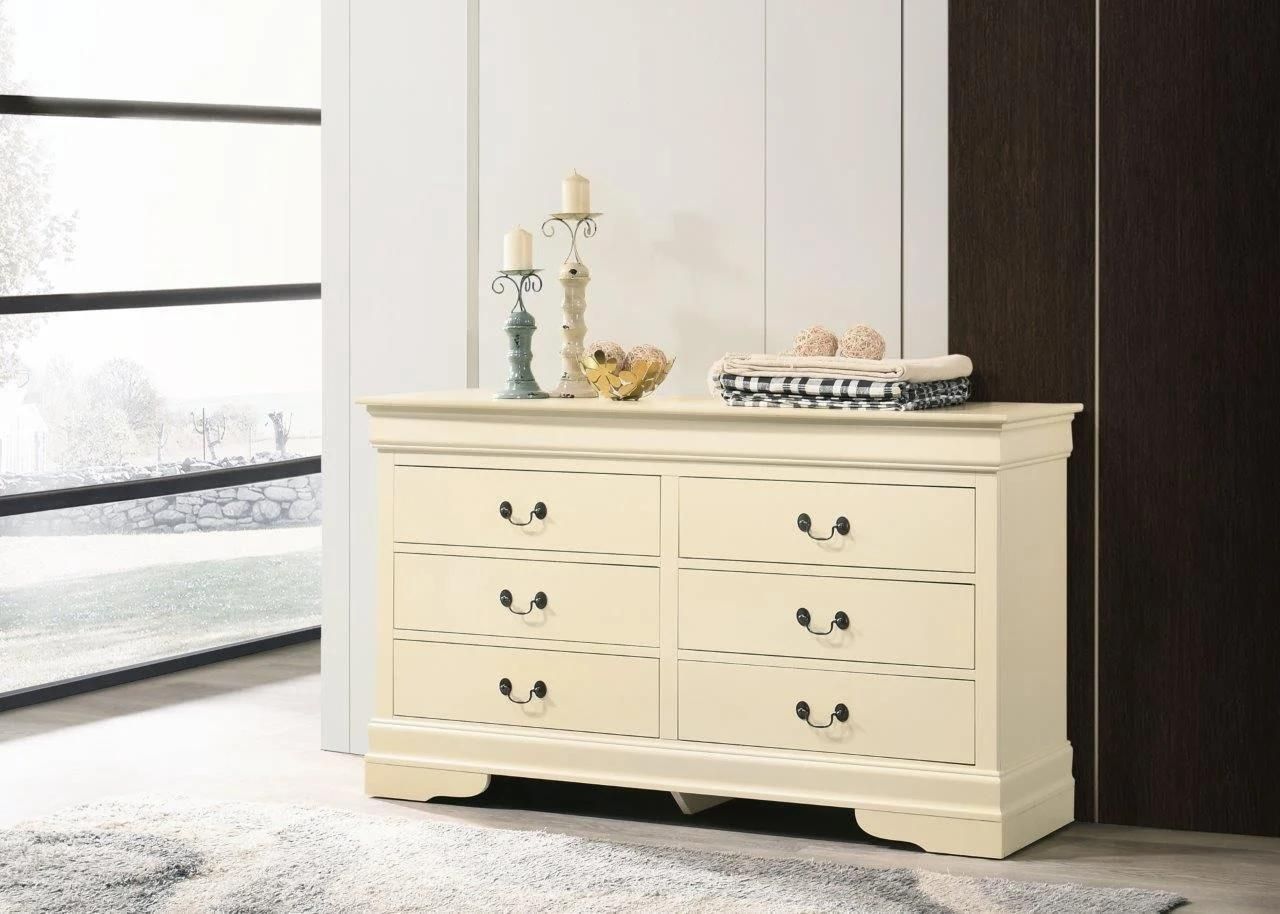



0 thoughts on “How To Refinish A Dresser”